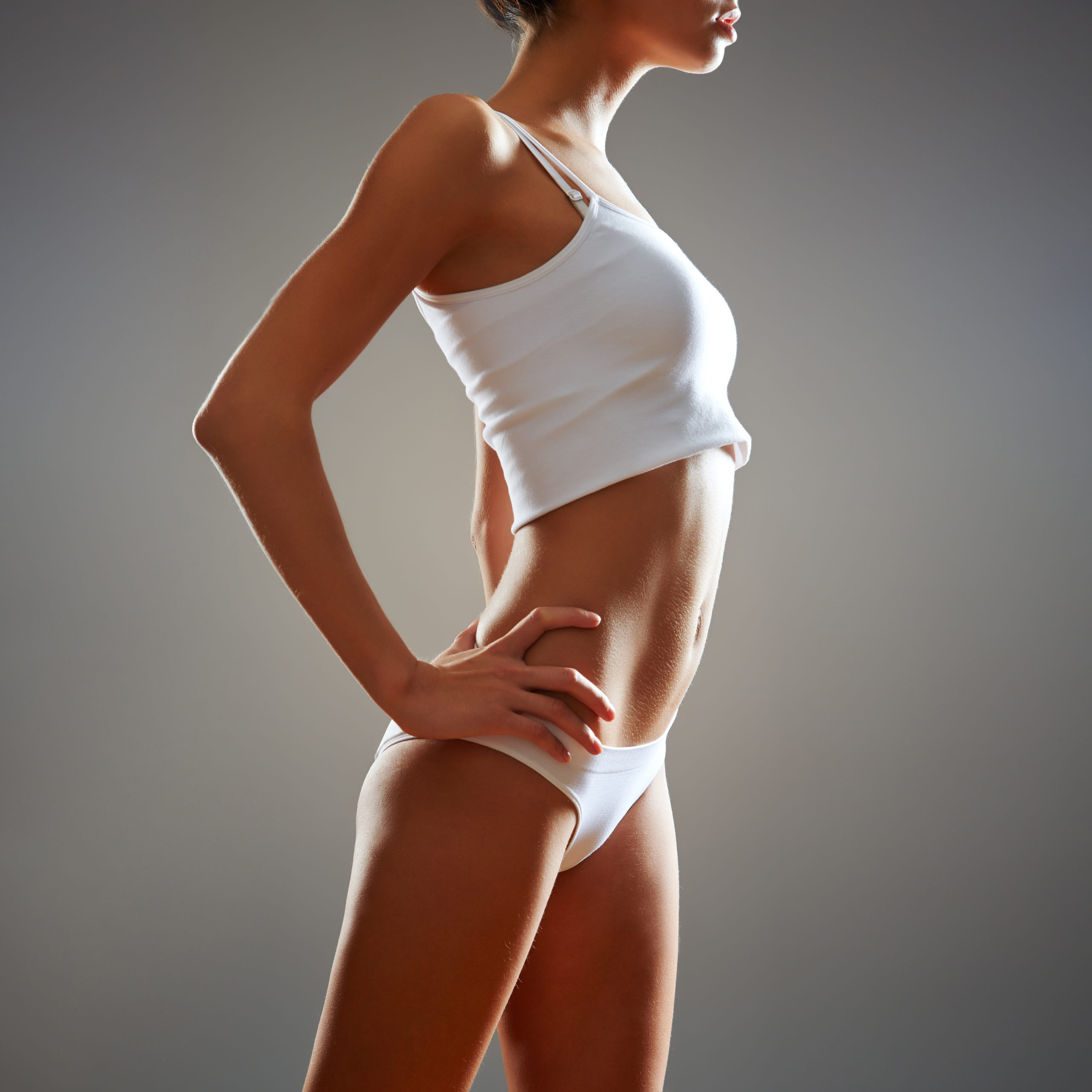Fly In For Surgery
Live far away? Contact us today to learn about lodging arrangements for out of town patients.
LEARN MORE
Posted on February 7, 2017 in General
Liposuction is a surgical technique for body contouring. It may be an effective method for targeting problem areas that do not respond to diet and exercise in patients with normal skin elasticity. Liposuction is not recommended for weight loss, but rather for sculpting persistent fatty deposits in patients who are close to ideal body weight. One of the most common questions from patients considering this type of cosmetic surgery is “how long does liposuction swelling last?”. This answer also relates to the length of time until final liposuction results are apparent.
Liposuction swelling lasts for several months up to one year. The majority of swelling generally resolves within the first few months, but more subtle swelling may take up to one year when final results will be apparent. This is the time period for scar remodelling and maturation to complete.
Liposuction swelling may also fluctuate subject to activity level and positioning, particularly over the first few months. Swelling of the upper arms following liposuction, for example, may increase when your arms are relaxed by your side as opposed to held in a more elevated position. Elevation is recommended following arm liposuction during early recovery to reduce swelling and discomfort. Swelling following thigh liposuction will also fluctuate based on activity level. As discomfort resolves and patients progress to walking as tolerated, thigh swelling often increases and may vary day-to-day. Lower extremity elevation will reduce thigh swelling after liposuction and is recommended during early healing. Walking short distances is important to lower risk of venous thromboemboliem (i.e. DVT or pulmonary embolism), however lower extremity elevation in between mobilization periods will decrease swelling of the surgical sites.
Compression garments are generally recommended for 4-6 weeks after liposuction. They serve to decrease swelling and to support the soft tissues during early healing. Compression garments also hold gauze dressings in place over the first few days following liposuction.
Activity restrictions are recommended over the first month following liposuction to reduce swelling and risk of healing complications. Exercise should be avoided over this time period. Any activity that increases one’s heart rate and blood pressure may increase risk of bleeding, further bruising and swelling, and lead to delayed wound healing.
Please contact us if considering liposuction in Toronto to set up a consultation with female plastic surgeon, Dr. Stephanie Power.
While making the decision to undergo plastic surgery can be life-changing, it is also important to educate yourself regarding
LEARN MOREWhile pregnancy and breastfeeding are exciting experiences in life, they can also change the look and feel of breasts. Many
LEARN MOREFor patients who have decided to undergo a breast procedure, it is important to understand what to expect during the
LEARN MOREFill out the form below to schedule your consultation today.
Live far away? Contact us today to learn about lodging arrangements for out of town patients.
LEARN MOREWant to hear more from Dr. Power? Check out our blog for monthly updates and procedure information.
LEARN MOREWe are transparent about pricing. Just let us know which procedure you are interested in and we will give you a range!
LEARN MOREyou may learn more and book your elective
plastic surgery online. Click here to book a
time that is convenient for your busy schedule.
If you have further questions before booking,
please submit our intake form.